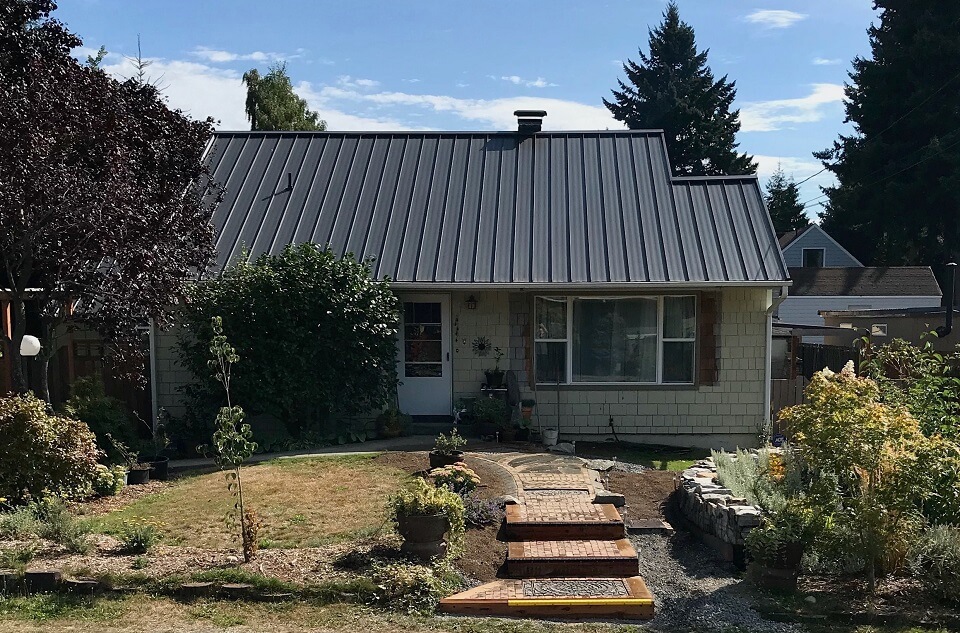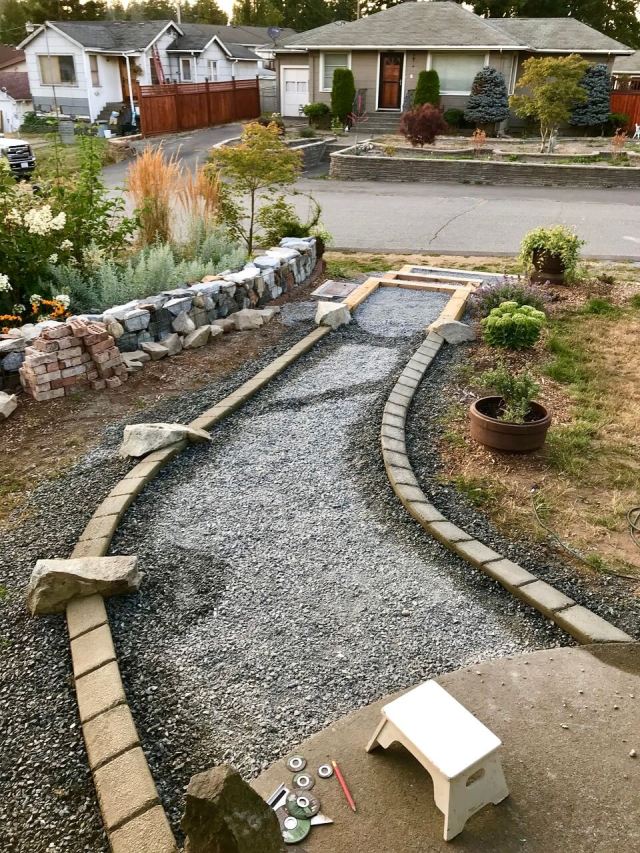One homeowner recently shared an image of a creative landscaping solution that they put to use in their yard, which captivated the other members of the r/landscaping subreddit.

"Gabion [wire mesh] around rain garden," the original poster captioned the image, going on to explain in detail how they completed the project.

They provided updates several more times, allowing their fellow Redditors to follow along with the project's progress, writing: "Still building the wall, adding front pathway and steps, painting house, fixing gutters, and fixing lawn among other things. Here's the progress so far."

Gabion walls are retaining walls that control erosion, and they are made by filling baskets or cages with rocks, loose gravel, or other heavy inorganic materials. They can be a good way to prevent leftover construction materials from going to waste, and they are relatively easy and inexpensive to build.
A rain garden mitigates against flooding, as it creates an area in your yard that is designed to absorb rainwater instead of letting it run off. The gardens often make use of native plants, which help your local ecosystem to thrive.
Gardening, especially with native plants, is a great way to get outdoors, interact with nature, and help the environment at the same time. And this Redditor showed how you can adapt your yard to the needs of your local ecosystem.
While a rain garden is useful in an area that is at risk of flooding, in areas that are more prone to dry spells, you might consider a solution such as xeriscaping, which uses slow-growing, drought-tolerant plants to conserve water and reduce yard trimmings.
Wherever you live, there are plants that are native to that area, and leaning into those plants can save you money on lawn maintenance, lower your water bill, and benefit pollinators that protect our food supply.
"So interesting!" wrote one commenter on the Reddit thread.
Join our free newsletter for easy tips to save more, waste less, and help yourself while helping the planet.









